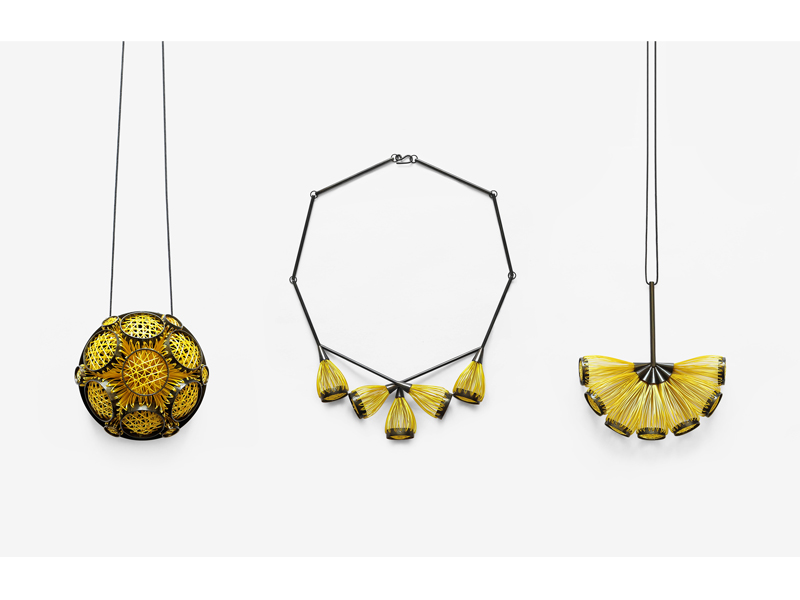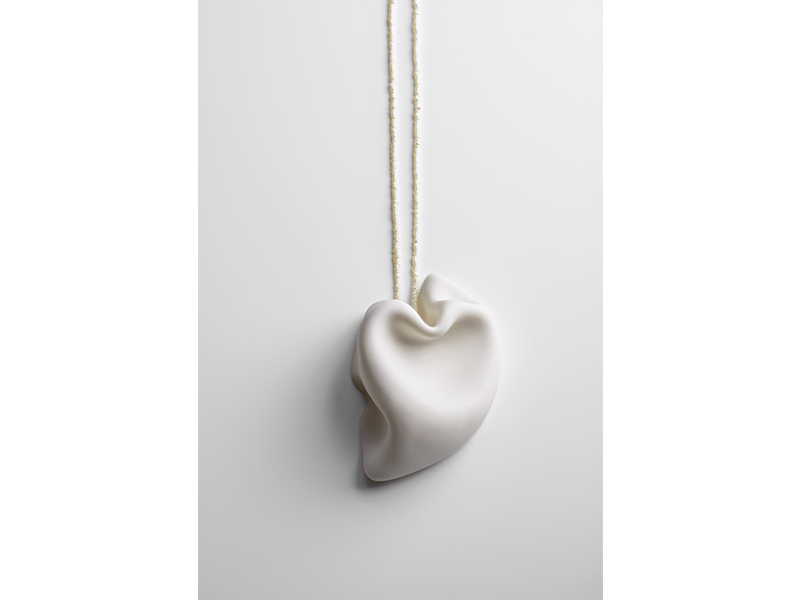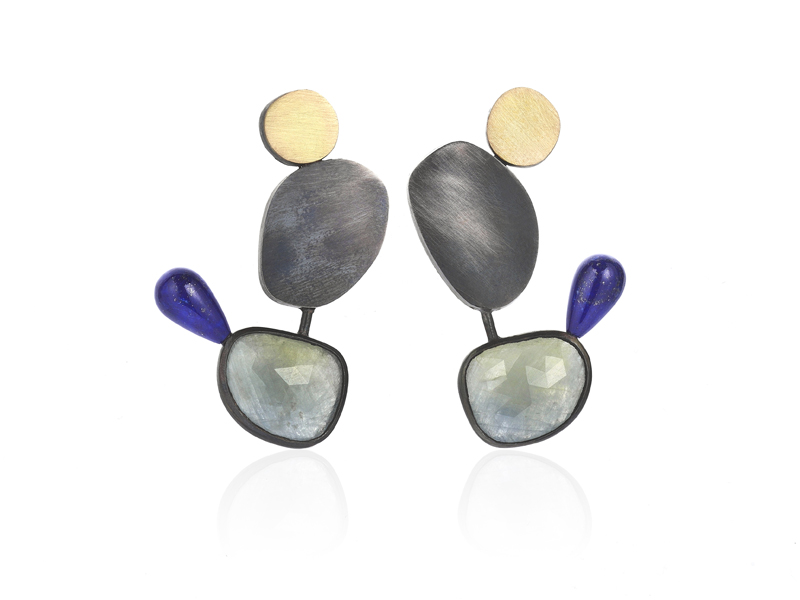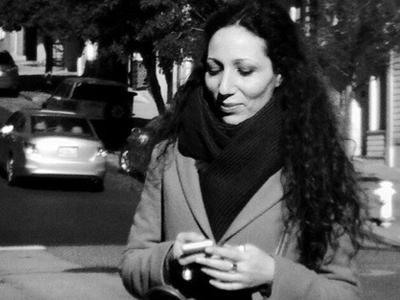—Henri Focillon, Life of Forms in Art
Everything began with the sight of a wonderful and candid piece by Selen Ozus. I was looking at The Closest, and I had an intuition. The purity, the gentle image of a soft-edged pendant, made me think of an ancient and eternal concept of beauty, an allusion to a return to classicism in contemporary aesthetics.
So I started to search for and select the styles and characteristics of Turkish jewelry artists and, by questioning their research, I found the codes of contemporary classicism.
Artists like Senay Akin, Hakan Aktuğ, Gözde Erdoğan Bodur, Burcu Büyükünal, Ela Cindoruk, Selen Ozus, Nazan Pak, Burcu Sülek, and Snem Yildirim all express a new humanism through the use of some aesthetic codes: the regularity and repetition of forms, the alternation between fullness and emptiness, the discipline of matter as well as stylistic and formal harmony. Each of them carries out independent technical and stylistic research, with a common line of adherence and fidelity to philosophical and artistic canons and themes such as the body, proportion and equilibrium, the ideal beauty, harmony with nature, the sublime and the enigma …
These are all themes related to classicism or that have been part of this school of thought at some stage of its evolution. In fact, trends inspired by the classic are repeated throughout history, contributing to its representation as an opposed polarity to Baroque and Romanticism. The classic is thus identified in the tendency toward rational and static shapes, against the irrational and dynamic.
For example, the body has always been a major theme in classical art, with the intent not so much to represent an individual but THE individual, the perfect man, which is the most perfect shape attainable by the human form. And this comes from choosing the best parts of individuals, and by assembling them together.
Work by Büyükünal and Ozus, made by simplicity, purity, raw form, and natural materials, focuses on the representation of the body in an ideal and abstract, almost mythological, vision.

Proportion is also a very important concept in classic art. As a mathematical formulation, it establishes the equality of two ratios. This mathematical and rational approach led to the establishment of the standards of classic beauty, purified from any form of subjectivism. Proportion and equilibrium were the fundamentals of the Canon of Polykleitos, but they were also the basis of architectural orders. Canon and orders became, therefore, normative instruments that set the laws and the areas into which artistic creativity could move. Cindoruk, Pak, and Yildirim use these concepts as their own canon, each one exploring aesthetic regularity through materials, techniques, and colors.
For Nazan, life is composed of repetition, reproduction, and texture. Her pieces are made by the combination and repetition of geometric shapes, mostly spheres, half spheres, their derivations, and deformations. Harmony and texture are achieved by multiplication, extension, and reduction of these.
Snem creates by taking inspiration from the cultural texture and the geography in which she lives and by blending the contrasts. In addition to geometric shapes, she uses regularity and complementarity of colors.

But classicism is not limited to a rationalization of artistic methods and procedures. The classic goes further. It researches the greatest moment of formal harmony, becoming synonymous with perfection. It has become the expression of timeless principles and values, of a beauty, in essence, free from fads: the ideal beauty.
All of these artists strive to reach executive and formal perfection free of smudging or narratives. The piece by Ozus, The Closest, remains iconic for its formal purity expressing an archetypal ideal of timeless beauty.

In this formal and rational relationship with beauty, nature preserves the main source of inspiration. Akin, for example, is inspired by everyday life. She loves working with metals, raw minerals, and precious stones, and she is constantly amazed by the reality of rubies, emeralds, topazes, and diamonds. She imagines them as the vocabulary that narrates harmony with nature in a world of enchanted creatures.

In a scenario of general decorative representation, the enigma of space and time appears, together with the contradiction of the human as both a finished and an incomplete being toward the impossible time of eternity. Mysterious and enigmatic elements break through as a fold in the tissue of modernity. It is dreamlike surrealist sense and mythical situations.
The classicism of forms and styles is exceeded and included in artistic production through the philosophical and visionary gaze of some of these artists.
For example, returning to Ozus, her work exceeds the ideal itself that she proposed, through a more dense and complex path of representation, which touches enigmatic and sublime outcomes.

So it seems that cyclically in the creative evolution of cultures, issues related to classicism return, as in a succession of chaos and order, as a cultural trend, which continues to operate in our lives and minds and that is now genuinely like enhancement of certain elements and styles, such as reason, proportion and harmony, regularity and order.




